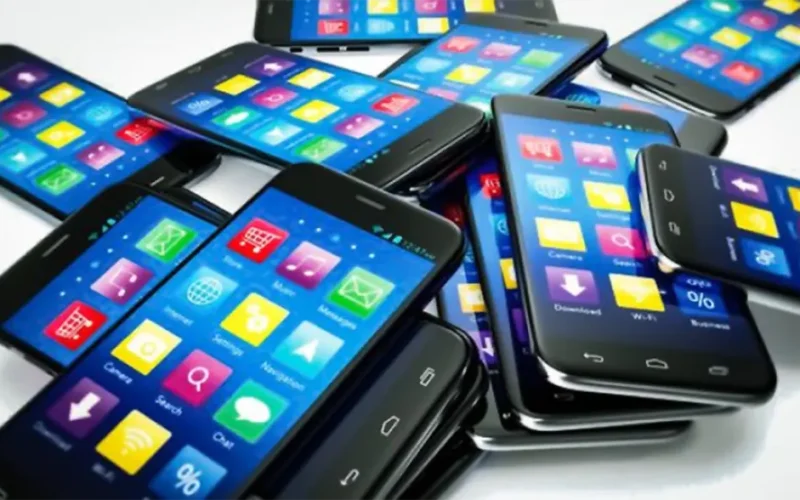AS Africa’s major currencies weaken against the US dollar, consumers are opting for more affordable smartphones with ‘premium features’ that are either locally assembled or made in China.
According to two mobile phone tracking reports, local assembly initiatives for low-end smartphones have contributed to strong growth, particularly in Kenya.
The International Data Corporation (IDC) has also listed the East African economy as the African market with the fastest shipment growth in 2023.
The research firm also noted that Chinese brands have made a strong push in Nigeria – the economy with the continent’s second-fastest shipment growth – helping consumers overcome currency devaluation and market volatility.
“Smartphone markets across Africa performed well due to the focus of Chinese brands on the region amid a period of high inflation, local currency devaluations, and forex shortages,” said Mbuthia.
According to Bloomberg data, Nigeria’s Naira and Kenya’s Shilling are now considered among the world’s most undervalued currencies in 2023.
The Naira was ranked the third-most devalued currency in the world after losing 55% of its value against the dollar, while the Kenya Shilling lost 20.9% against the greenback, in 2023.
“In addition, mobile phone financing schemes have enabled consumers to acquire new smartphones by enabling payment instalments over a long time period,” said Mbuthia.
Among the main smartphone markets in the continent, only South Africa experienced a decrease in year-on-year shipments, attributed to the challenging economic environment as well as shipping delays at the country’s ports.
According to data from IDC’s Worldwide Quarterly Mobile Phone Tracker, low-end smartphones (priced between US$100 and US$200) saw the highest rate of growth – at 18.9% – among similar devices, followed by mid-range devices (priced between US$200 and US$400) at 16.6%.
Shipments of ultra-low-end smartphones (below US$100) to the region increased by just 5.2%, while feature phones actually saw a drop in shipments – by almost 8%.
This trend indicates a strong demand for budget-friendly, feature-rich smartphones across the continent. IDC’s data shows that Africa’s smartphone market witnessed a shipment growth of 19.8 million units after a 12.5% year-on-year growth in Q4 2023.
According to Canalys, a global technology market analyst firm, smartphone vendors and telecommunication companies are adopting innovative solutions to make smartphones more affordable in the current era of limited disposable incomes.
A proliferation of ‘Buy Now, Pay Later’ options and the introduction of more affordable smartphone options, the firm’s analysts said, was driving the shipment of units in South Africa, Nigeria and Egypt.
The report also cites partnerships between governments and operators, as driving the uptake of affordable 4G smartphones and the establishment of manufacturing plants in countries like Kenya.
“New brands are using diverse products and partnerships to establish themselves in specific markets, while established players are chasing untapped market opportunities,” said Canalys Senior Consultant, Manish Pravinkumar.
Chinese smartphone companies such as Xiaomi and Realme are expanding their product ranges and enhancing the aesthetics of their devices to appeal to young and tech-savvy consumers.
Transsion (Tecno, Itel, Infinix), an established Chinese brand, is looking to grow its presence in North African markets like Morocco, Egypt, and Algeria after achieving maturity in the rest of the continent.
Transsion boasts of a large customer base in the ultra-below US$100 segment and saw shipments to North Africa grow by an average of 94% in Q4 2023.
These efforts have helped to increase consumer confidence and boost overall smartphone shipments in Africa by 6% to 68.7 million units in 2023. In Q4, shipments rose 24% to 19.2 million, according to Canalys.













